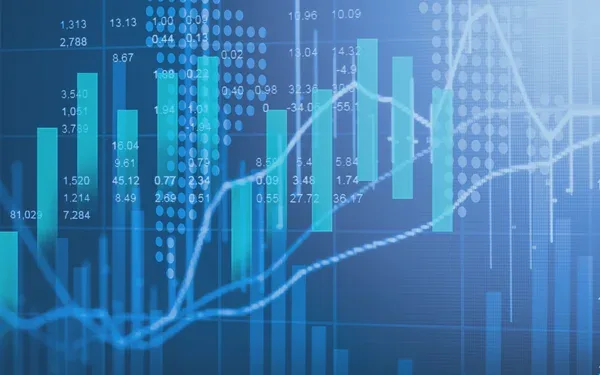Making energy emissions more transparent: CAISO’s Accounting and Reporting approach

When you flip on a light switch, you likely don’t think about where the electricity comes from—or its climate impact. But for many states and organizations, including utilities, independent power producers, and balancing authorities, tracking greenhouse gas (GHG) emissions is essential.
To improve transparency around emissions from market dispatch, stakeholders have proposed the Accounting and Reporting approach. This framework helps load-serving entities and other organizations better understand the GHG emissions associated with their electricity consumption, especially under state policies that regulate emissions outside of cap-and-trade systems. The new method also supports voluntary reporting and corporate climate goals.
Wholesale electricity markets are designed to optimize generation at the least possible cost, but they do not track which resources serve specific loads. The Accounting and Reporting approach fills this gap by using ISO market results to match each organization’s hourly electricity consumption with the power plants they own or have contracted that were generating. If an organization is a net buyer from the market in a given hour, emissions are assigned using a “residual emissions rate”—representing the GHG intensity of unowned, uncontracted, or surplus electricity supply. This method offers a more accurate picture of an organization’s emissions without changing how electricity is traded or how the grid operates.
A key strength of the approach is its flexibility. It supports a range of reporting needs and can be tailored to different state rules or other requirements.
The ISO plans to publish an annual market-wide residual rate data set and will work with organizations to develop a customized report. States retain authority over whether and how entities in their jurisdiction may use this data for official reporting.
For states that do price carbon, the ISO's in-market design reflects price-based carbon policy, allowing resources to reflect their compliance costs with the carbon-pricing policies of the relevant region. This new approach is different; it is entirely after the fact and does not impact market dispatch. In both cases, the ISO is looking to support market participants in compliance with their differing state regulations. For more background on how the in-market GHG design works, you can read this Energy Matters blog post from a year ago.
This new approach, it is important to note, is a data transparency measure, not a policy change resulting in a change to the ISO's tariff. Accordingly, it will be presented to the Western Energy Markets Governing Body and the ISO Board of Governors later this month only as an informational item. Implementation and data publication will follow the launch of the Extended Day-Ahead Market next year.
Looking ahead, the Accounting and Reporting approach offers a practical step toward standardized GHG tracking across the West for a variety of compliance obligations or other reasons. The ISO is pleased to be responsive to stakeholder needs, as we work together to evolve the reporting and transparency of western energy markets.


